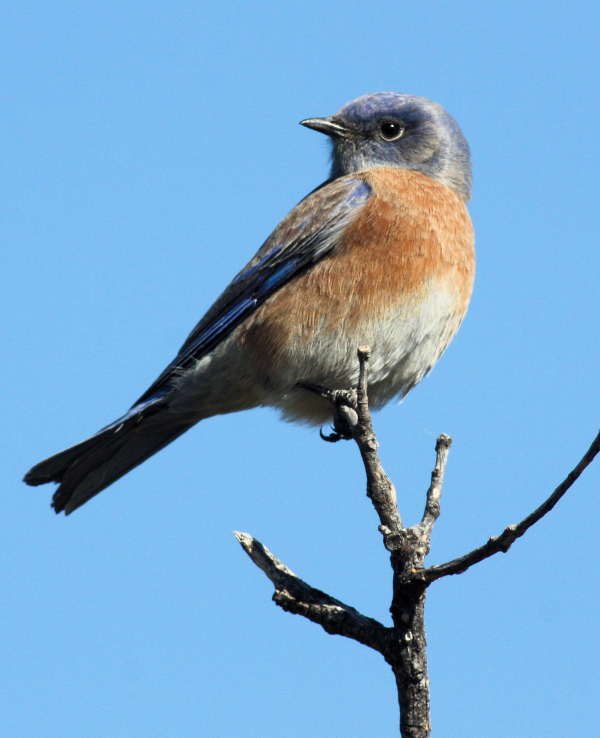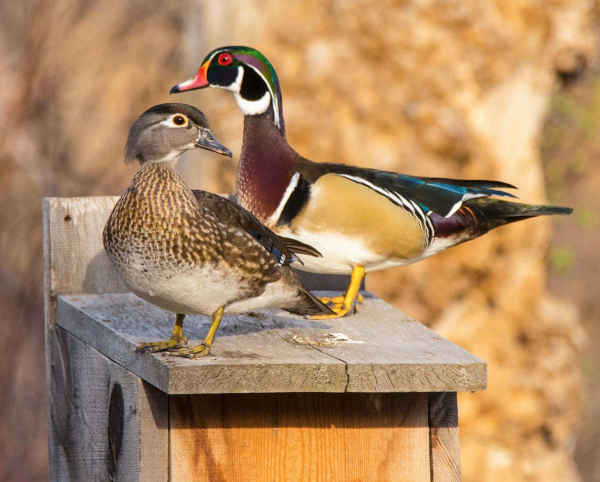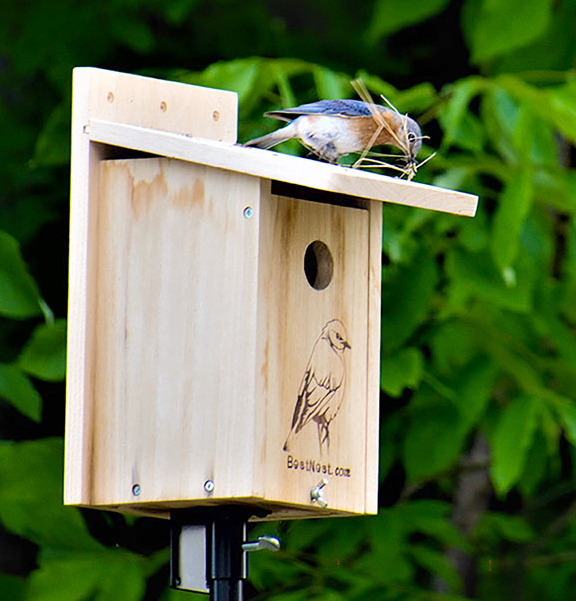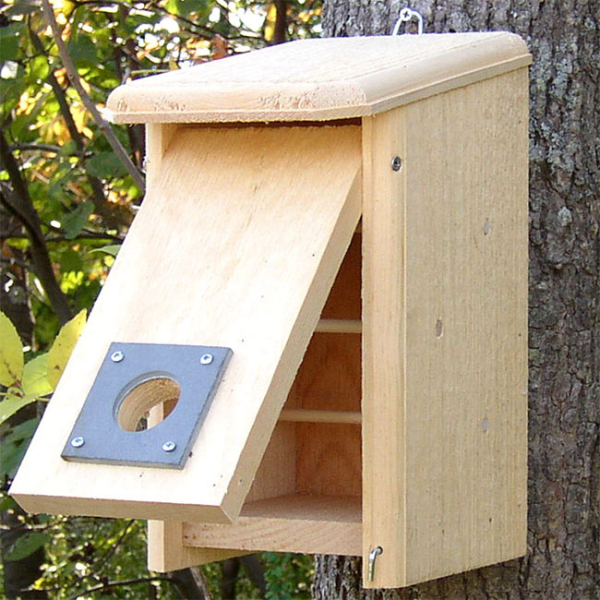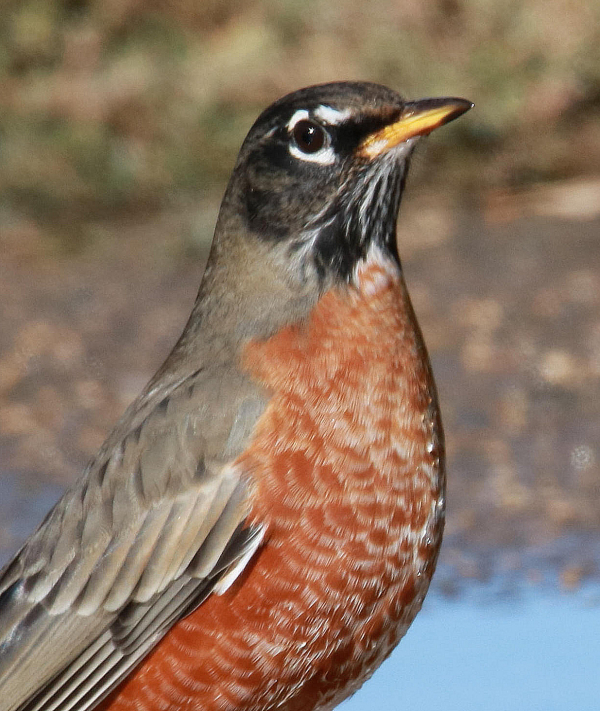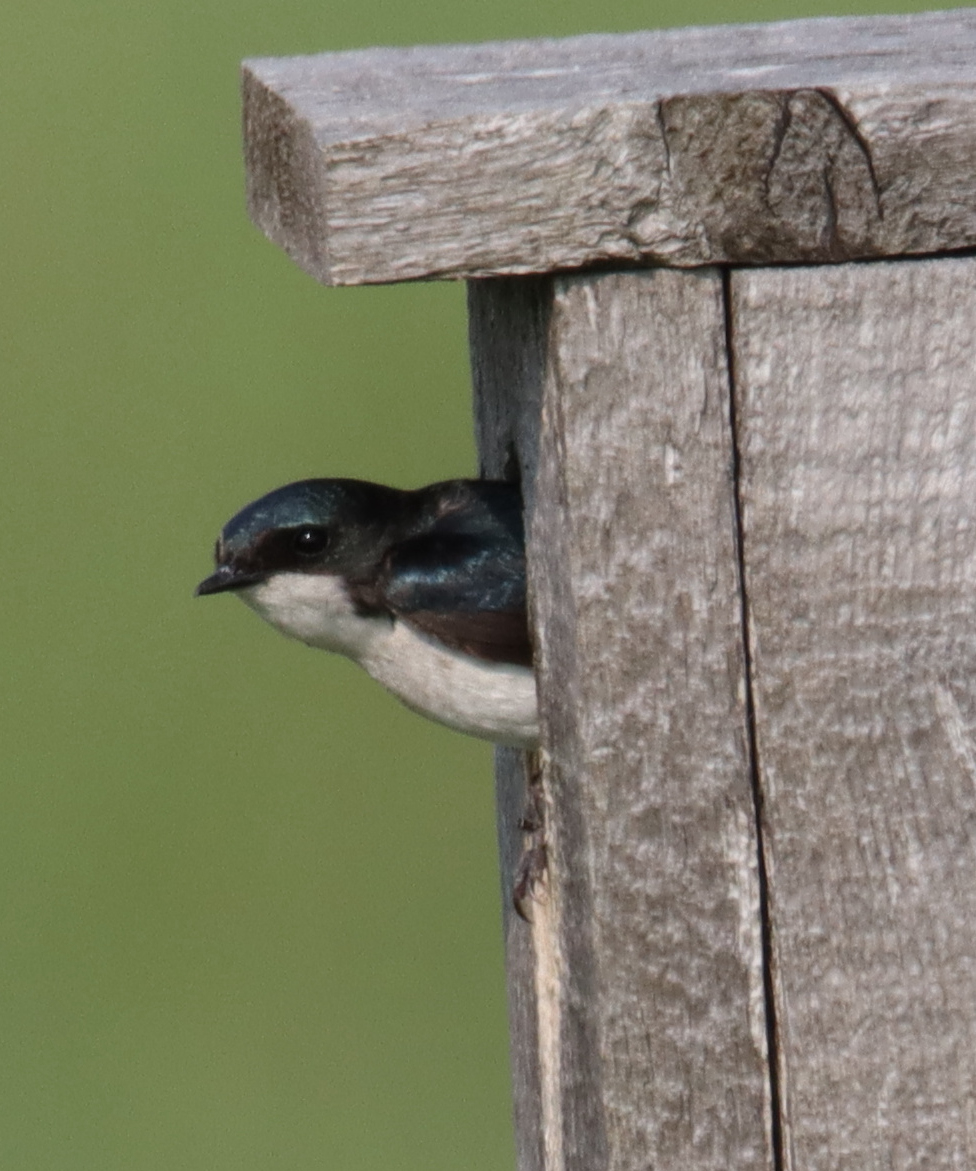Spring Nest Boxes
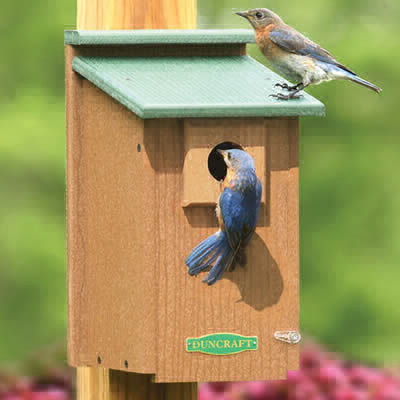
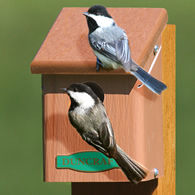
The advent of March signals it is time to prepare our nest boxes for the variety of cavity nesting birds ranging from wrens and bluebirds to screech owls and Wood Ducks. Whether or not the weather in your area shows it or not, it’s time to clean and repair our bird houses for the nesting season, as well as plan for new additions. If you want to install new nest boxes, the time is right to get started, or in northern climes, you may want to follow through on building a new one, make a purchase. Then consider if where to position nest boxes to attract the birds you prefer?
Installing and monitoring a bird house is fun, but it’s also an important part of benefitting birds. By providing an “artificial cavity” – a nest box – you are helping cavity nesting birds, which is a great conservation service. Of course, nest boxes don’t come in one size to fit all birds, nor will one location necessarily fit the habitat requirements of all cavity nesting birds. Indeed, there are a number of topics to be aware of when planning for a bird house in your yard – or another location in your area. First, nest boxes and bird houses are simply the same product by a different name.
Cavity-nesting Birds – Not all birds use nest boxes, but 88 species of North American birds do nest in cavities and will use nest boxes, ranging from chickadees to Barred Owls.
The Right Size – Obviously, Barred Owls can’t use a bluebird nest box, and that’s the first consideration – provide the right size of bird house for the birds you wish to attract. Luckily, there has been considerable study done over the years by birders and biologists alike to come up with the best possible nest box for each species of cavity nesting birds – and there is a simple chart for that provided in a link below.
The Right Entrance Size – This is a 2-pronged consideration. The trick is to provide a nest box with an entry hole to the bird house that will permit birds from the size of wrens to bluebirds to enter the hole and nest in the bird house, but small enough to exclude slightly larger starlings and House Sparrows.
Bad Guys – The aforementioned starlings and sparrows are introduced non-native species that aggressively compete with and exclude native birds from natural cavities, woodpecker-excavated cavities, and bird houses. Therefore, providing a nest box with the smallest possible opening that will permit wrens and chickadees and bluebirds inside, but exclude starlings and sparrows is most important.
Really Bad Guys – Predation is an even bigger serious concern, so it’s important that nest boxes are protected from raccoons, squirrels, chipmunks, snakes, and other potential nest robbers. Some people would say that if you don’t provide protection from predators, a bird house will become a feeding site for predators. A baffle that fits over the entrance to extend the reach needed for a squirrel or raccoon to try to grab a nestling or egg will work, and better yet is a baffle for the pole on which you mount your nest box. Also be aware of the positioning of each nest box to ensure predators can’t jump from nearby trees, fences, or buildings to access it.
Positioning – Where you install a birdhouse is as important as selecting the right size. Installing the nest box in the right backyard habitat, or field habitat, will dictate what species you will attract. Placing a nest box for bluebirds on the edge of bushes or overgrown trees will not attract bluebirds – but it will attract wrens.
Species Range – Of course, the bottom line is that you will only attract birds that naturally occur in your area during the nesting season. Check on the summer range and habitat for the birds you wish to attract to ensure you won’t be disappointed.
Backyard and Beyond – Some birds we think of as backyard birds may need more space than a normal residential lot: Bluebirds for example. Probably the most popular cavity nesting birds in North America, our 3 species of bluebirds require a bit of acreage and open space with scattered trees or bushes. Realistically, we can only provide so many nest boxes in our yard. But industrious birders are known to expand their range of nest box activity, asking permission to install a tastefully positioned nest box on their church’s property, on city property, at public parks, recreation areas, university lands, and nature centers.
Cavity Conservation – Almost everywhere there is a lack of adequate natural cavities, including woodpecker-excavated cavities, which creates a lot of competition. In some cases pairs will search elsewhere for an adequate nesting cavity, or the may not nest at all. That’s where we birders come onto the scene, adding nest boxes to our yards, properties, parks, and nature centers. In some cases, we can help increase local nesting populations by providing extra nest boxes.
Nest Box Trail – Some advanced birders may specialize in maintaining a “bluebird trail” or “nest box trail” that tends to be a linear trail that they walk once a week during the nesting season, checking on the status of each nest box to see if birds are using it, what species are occupying it, and what stage the nesting attempt is at – egg laying, incubation, caring for nestlings, or fledged – while keeping count of the number of eggs, and the number and age of nestlings. Some trails may include a half-dozen nest boxes, some may be more than 100 in number – all providing a valuable safe nesting site for cavity nesting birds.
Big Nest Boxes – Similarly, in more rural settings some birders specialize in providing one or several big nest boxes for larger cavity nesting birds – including certain ducks, ranging from Wood Ducks to Hooded Mergansers and Buffleheads, to a range of owls from screech owls to Barn Owls and even Barred Owls. And then there are the mini-falcons: American Kestrels are popular cavity nesting birds that are exciting to attract with a big nest box. Give it a try by installing one big nest box (and see if you can limit your interest to just one).
When providing artificial cavities – bird houses – you are helping cavity nesting birds during the most important part of their life cycle, which is an honorable conservation action. As you may have expected, the Cornell Lab of Ornithology is a leader in providing helpful information to birders interested in providing nest boxes and bird houses to benefit cavity nesting birds. For a variety of information and lots of inspiration, refer to NestWatch | All About Birdhouses – NestWatch and the associated webpages. They provide
To learn more about how to build the right nest boxes to attract the cavity nesting birds you most wish to attract, see NestWatch | Features of a Good Birdhouse – NestWatch
If you are especially interested in bluebirds, definitely refer to the North American Bluebird Society, which is the most extensive source for bluebird enthusiasts at NABSFactsheetGettingStarted.pdf (nabluebirdsociety.org)
Share your backyard birding experiences and photos at editorstbw2@gmail.com

